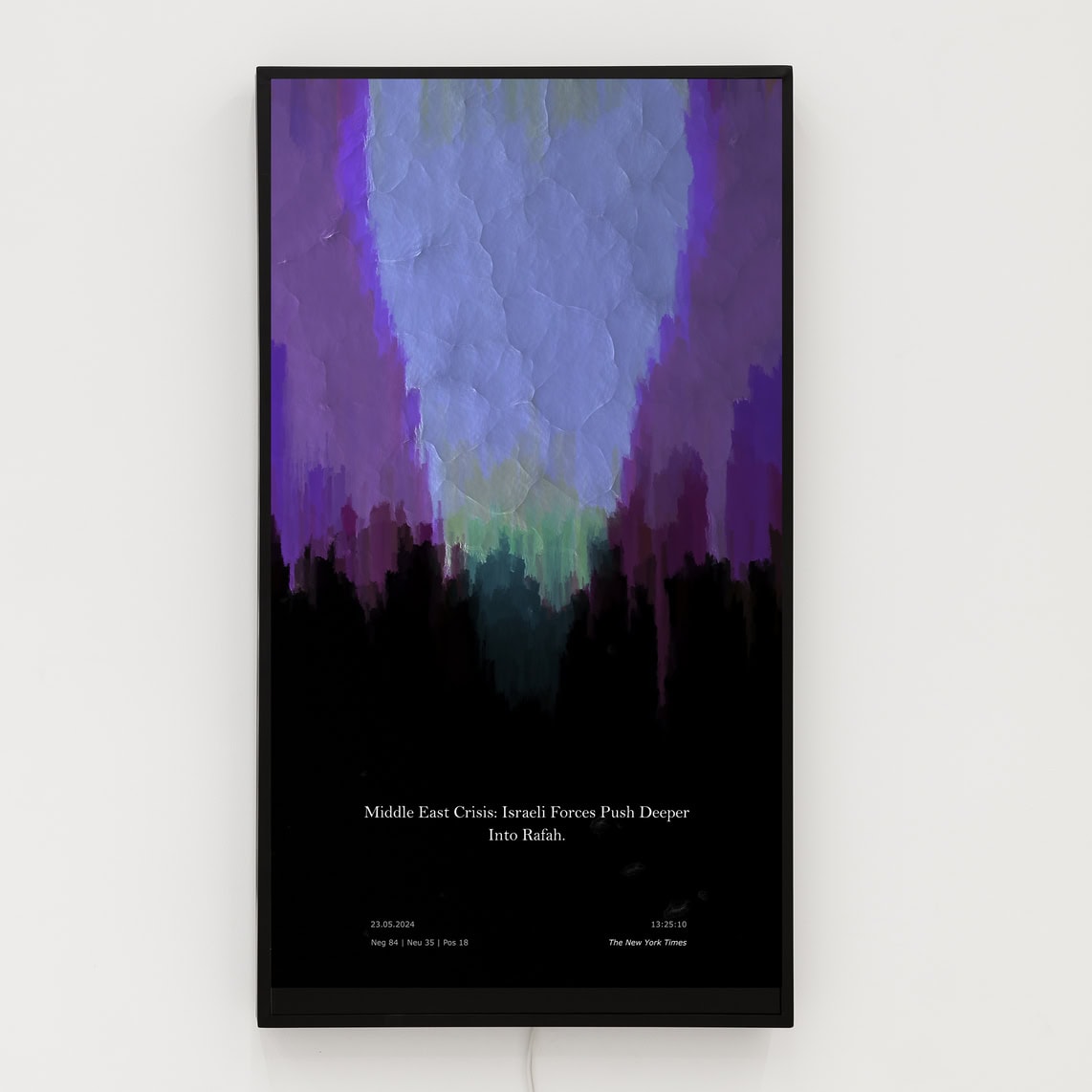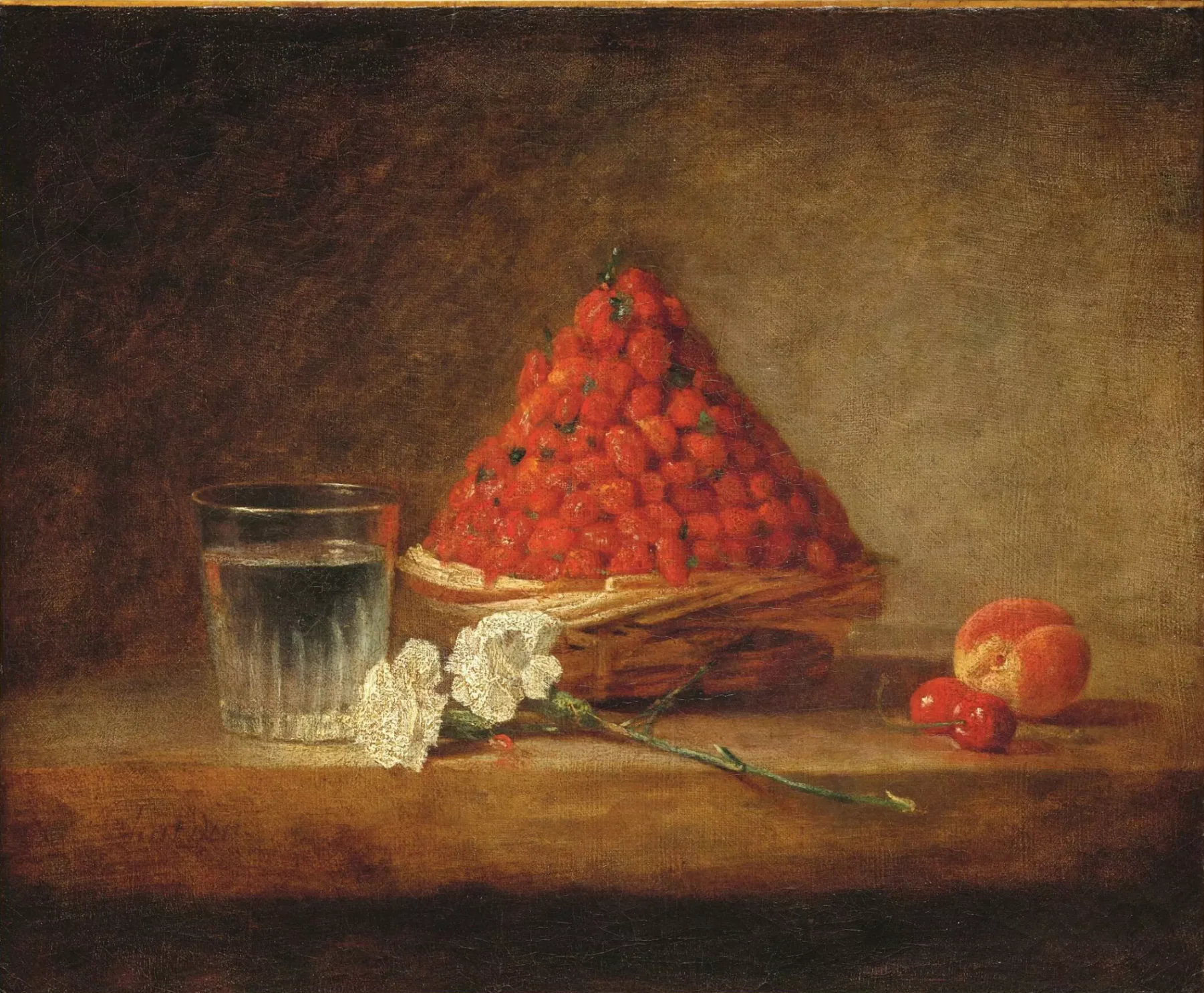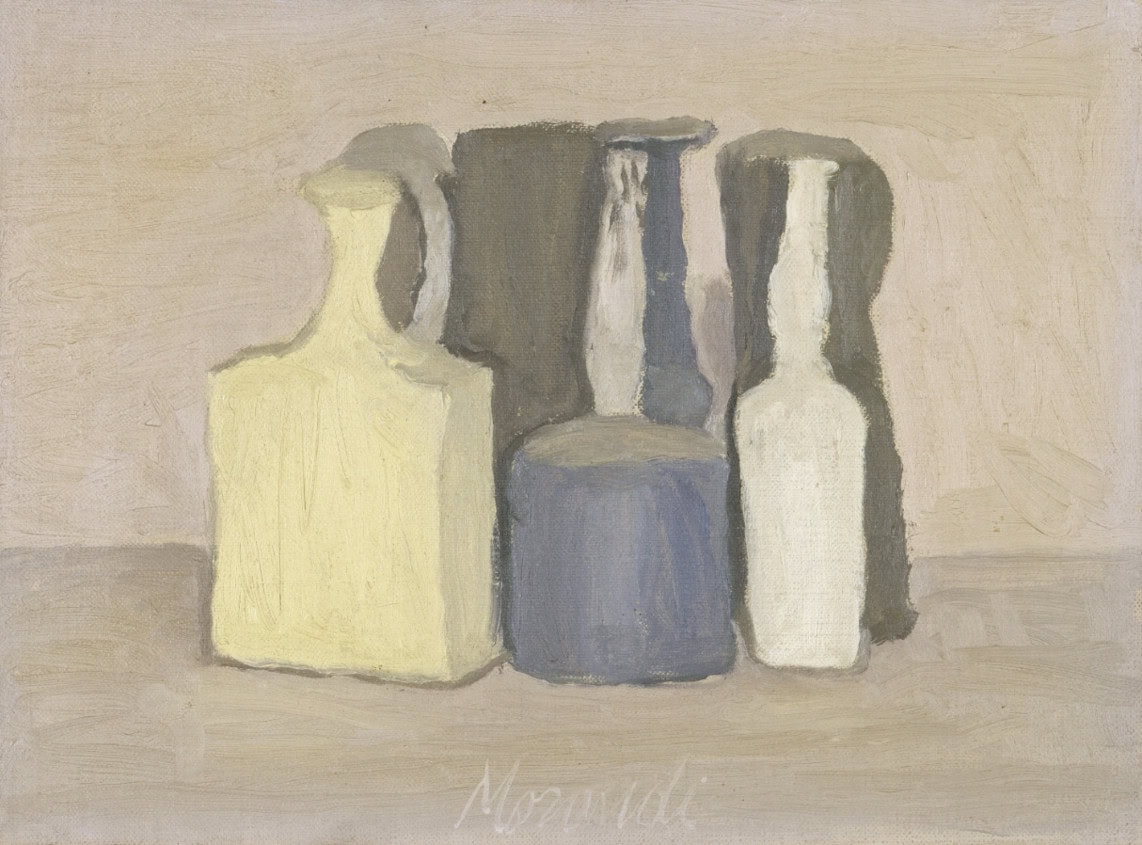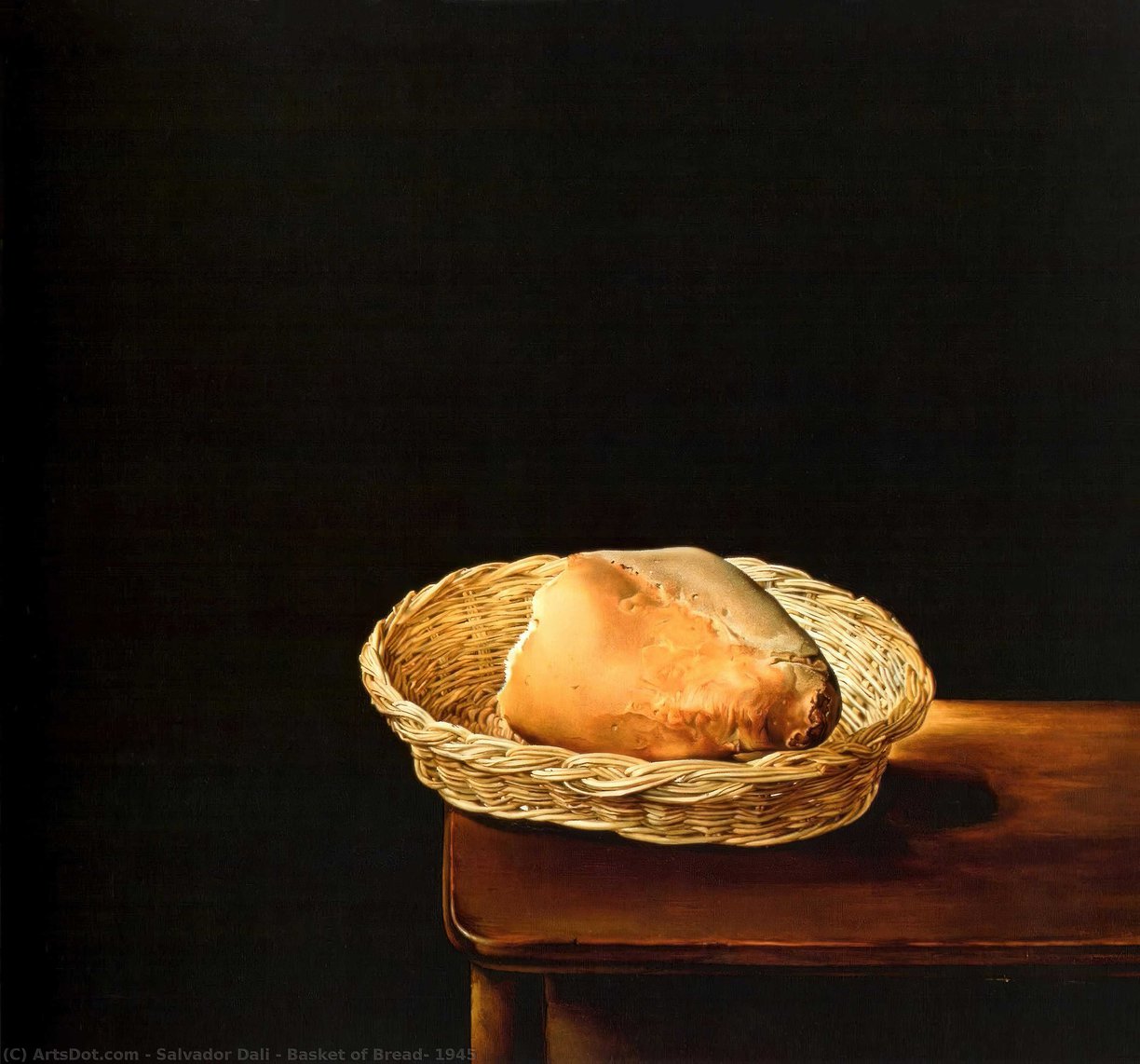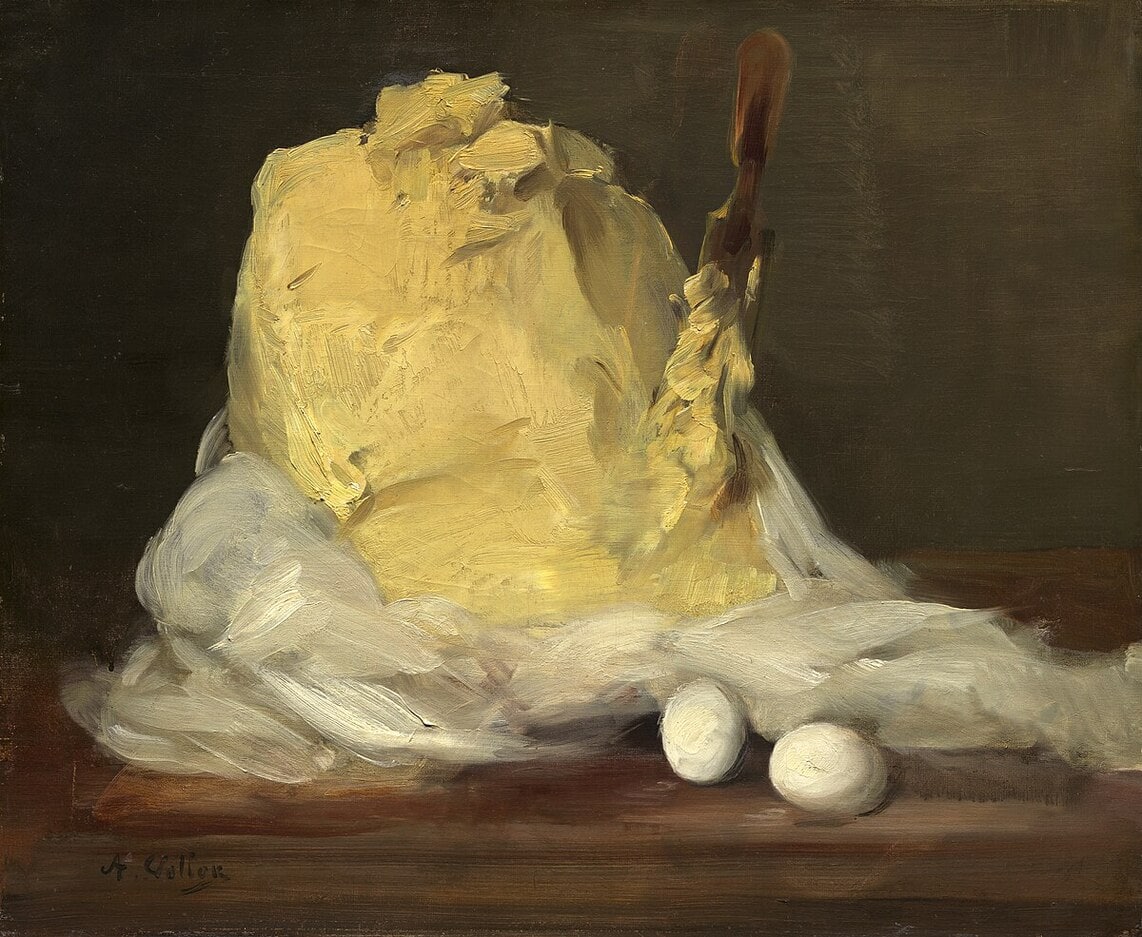It was a scorcher, an unexpected moment – only five months ago today. It was June, then. In Paris, the cultural and gastronomic heartland, we sat down for a break at the counter of a wine bar. I was a bit hungry, but my thirst was unquenchable. The bar was tiny, near a busy avenue, but concealed enough to lend it a peaceful feel. It was plain, with no great fuss. It was all about the different wines from the countless French regions with their distinctive terroirs. We were keen to take a look at the snack menu. The Portuguese-speaking waiter noticed our appetite and handed us a couple of bread slices along with a scallop shell. Empty of its animal, the scallop shell had a yellow paste spread on one side. It had just been spread with a spatula. There was a subtle butter, whipped cream in its glory, salt flakes adding flavour. It was gorgeous. I cannot describe it better than that. It really was the mother of all butters, the butter that seems more than just standard fat, the refreshing butter. The butter whose texture feels like it has been whipped with wire rods, a sort of manual procedure designed to enhance flavour and purpose. It was mild in flavour, salty in equal measure, and made one want to eat it by the mouthful. After two bites of bread, as we dithered over what else to order, all I could think about was spending the whole snack time eating bread and butter. It sounds pretty meagre, when put like that. But the best butter is the ultimate upgrade for any bread. I absolutely cannot remember bread in that situation.
I needed to ask what that butter was, as I look at it, fully spread in the corner of a ladle. The lad found it amusing, probably a butter that he had got used to eating. Before I mention that butter, I simply want to stress that I like butter. I look for butters, I compare them. And I’m glad I got to live in France. Good things, with a strong, authentic flavour, are often not marketable in the ordinary world. Cheese and butter were my go-to when I came to visit Portugal. Happy cows in Brittany’s meadows, the best salt in Normandy. Oh, the beauty of geographical compositions!
In my opinion, the best Portuguese butter is Primor’s Manteiga com Sal. Another beautiful, whitish, light, salty butter that makes you want to spread it on toast, in lumps that gradually melt and form small islands. Some countries have butter that is just plain sad. Easily spreadable, surely one of the worst pictures anyone could have to go with a loaf of bread.
But let’s revisit this wonderful butter experience in this cosy little bar tucked away in Paris. I asked what butter it was. And the lad, unabashedly, pointed to the butter-matrix. A mound of light yellow butter, formed of countless clumps, handmade and moulded just so, with a dark wooden spatula thrust into the middle. The spatula had just been squeezed, with a dollop of that butter, right into a corner of a scallop shell, for us. I experienced a moment of revelation. A sort of immediate glimpse of a painting that was precisely the image I was envisioning. Given that the revelation-painting was from the nineteenth century, it had not occurred to me that I would see a matching artefact in the middle of a June afternoon in the twenty-first century. But I soon dismissed the thought. This was France, a land where gastronomy is a cultural endeavour with historical roots. I asked to have a closer look at the butter mound. The boy handed the butter to me. I pretended to be a connoisseur, enjoying the heterogeneous layers, the white and yellow tinges, like a sort of marbled paper, in pure greasy delight. And, at that moment, I was certain: I understood Antoine Vollon’s Motte de Beurre (1875-1885) much better. This motte de beurre I was seeing there was the same as the one Vollon had painted. How many times can we say that? Some still lifes manage to hold on to that charm. The certainty that some fish, fruit and sweets never change, notwithstanding the times. In Motte de Beurre, an impressionist flavour is found in the depiction of this timeless motif. The brushstrokes that form the butter appear as if they were made at the same pace as the butter itself was shaped. It is a spatula-made construction, layers of paint juxtaposed to provide the sensation that the butter has been halfway through being chiselled. The spatula represented makes this clear. It stands upright, stuck after yet another service, submerged in that mountain, exactly as I saw it in real butter in the 21st century. The painting looks like it captures that transient moment, a light and fleeting imprint, before someone comes along and carves off another piece with said wooden spatula. Pure delight. Visual and, because it has a recognisable flavour, also gustatory. Familiar, intimate. So close that it forms an integral part of the breakfast of so many of us out there, in the geographies where butter is made and enjoyed. Vollon’s painting recaptures what seemed to him to be a mundane day-to-day scene with the most natural of raw materials. It is revealing to know that we can still find it around today. Even if it is in a corner of a pub, we will always have Paris.
